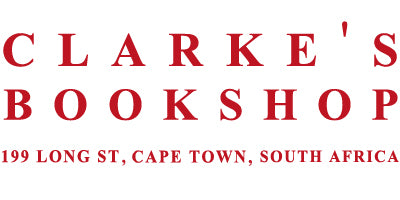CAPE FURNITURE, and metalware
xxiv + 119pp., oblong 4to., illus., hardback, d.w., Cape Town, 2001
"The furniture at the Cape for officials and others employees of the Verenigde Oostindische Compagnie (VOC), as well as for the so-called free burghers (both black and white), is characterised by a simplicity of form and a relative lack of ornamentation. In the seventeenth and eighteenth centuries Cape furniture was made in an environment that differed in many ways from that of, for instance, Batavia, the trading headquarters of the VOC in South-east Asia. It also differed from the east coast of America, where 'colonial' furniture-making tradition developed concurrently. What were the conditions at the Cape that influenced the decisions of the earliest European carpenters and cabinet-makers who, after all, came from much the same background as the artisans involved in furniture-making in the Company's workshops in South-east Asia? Furthermore, what was the role of Cape slave artisans, the majority of whom were drawn from South-east Asia and employed as blacksmiths, carpenters and cartwrights? Understanding such issues would partly explain why Cape furniture has a completely different character and appearance that the furniture produced in Batavia and other East Indies other posts under Company rule and which is immediately recognised by its richly carved decoration. In other words, it would define what makes Cape furniture 'Cape'." Taken from the book.

